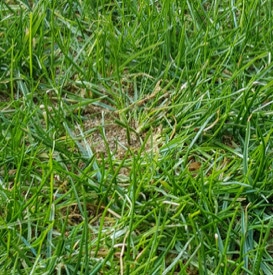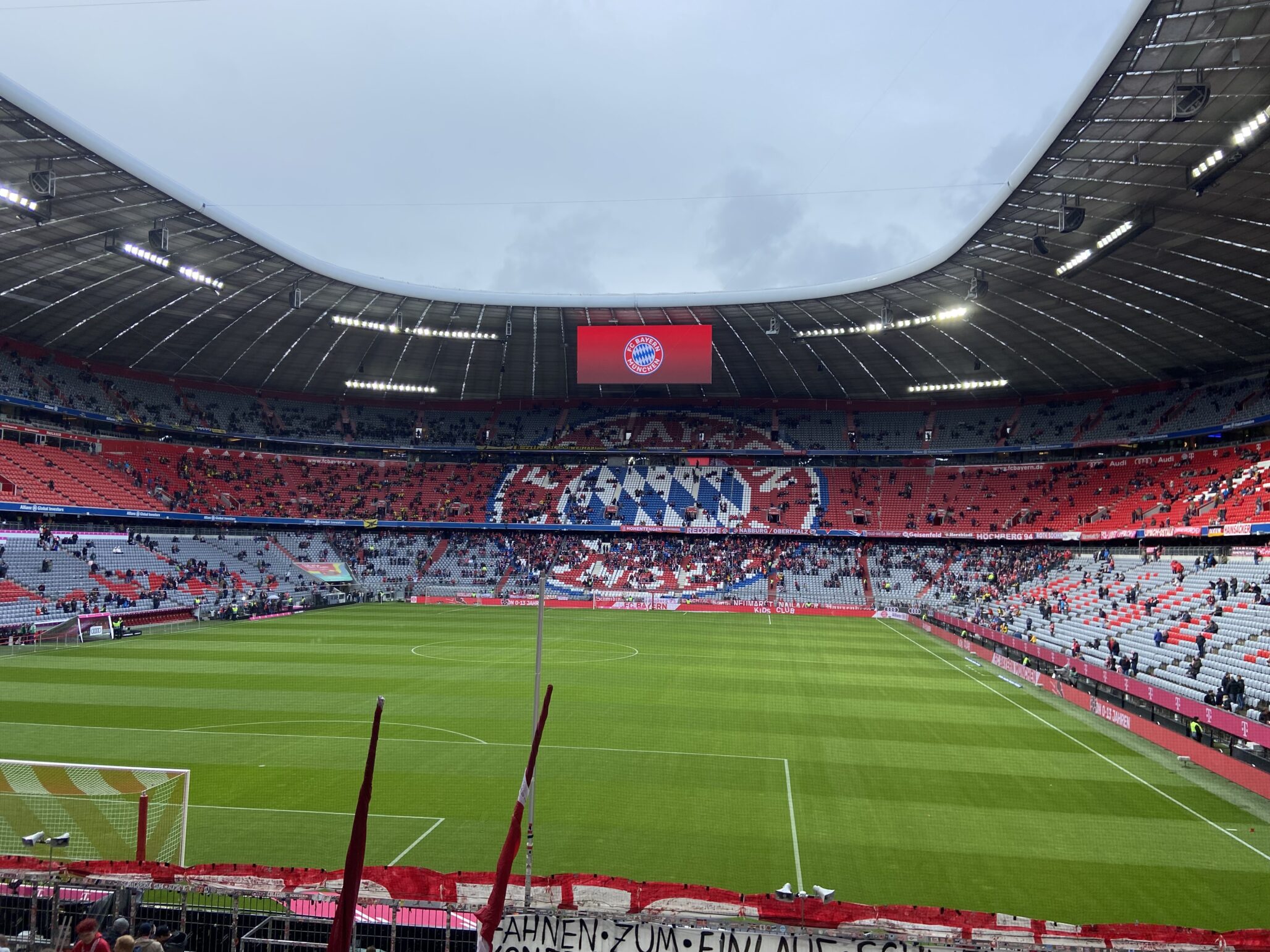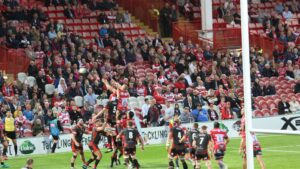It probably takes an insider to know that many qualification tournaments ahead of the European Cup and all over the Champions League groundsmen have taking advantage of a hidden tool to reinforce their stadiums: hybrid grass pitches. Invisible to cameras and even difficult to spot on a close distance, the polypropylene fibres only cover 3-5 per cent of the pitch surface. The rest is natural grass.
There are two ways in making a hybrid pitch; Either you can stitch a polypropylene “leaf” directly into an existing sward or you can roll it out as a mat under the growing substrate with the fibers sticking up before seeds are drilled on top. In both ways the result is a natural grass surface for the 95-97 percent part, and 3-5 percent artificial turf.
Why do hybrid pitches win more and more ground?
There is a growing demand for ever-good looking pitches to serve multiple purposes. Over the past ten-year games being broadcasted have increased tremendously and along with that also the expectation that the playing surface is always nice, dense, and even. Regardless of playing hours and biotic stresses. While this demand is not new as such, the conditions are, with next to no resting period for the turf, and no plant protection substances. The sward can be as wear tolerant, persistent and strong as modern genetics allow, but it can be ripped apart during the match and needs time to restore to perform optimally.
Next challenge is the need to “expand the season” both for more playing hours but also for hosting concerts and other well-crowded events. Turf recovery time is compromised, and other solutions needs to be worked out. Respect to the stadium managers and FC boards for trying to earn their profit and keeping us all in the game. Challenges tends to inspire the turf industry, and, in this case, it has given birth to hybrid solutions to break into the marked. Andit seems to do its job well in providing more playing hours and extend the features of real turf varieties.
The debate about playing surfaces have never taken more column space in the news. And not just in the sports pages, it has also reached environmental attention as the collateral effects should be taken in account.
Sports athletes have for long lived with the effects of plastic pitches. Strange injuries, heat reflection and burns from sliding are occurring on synthetic pitches with rubber granulate infill. Professional football players are not hesitating to pick the natural grass as their favourite. Fortunately, hybrid swards fall under this umbrella. Turf grass solutions for high endurance sport pitches has got a 20 cm polypropylene best friend that has got it back all year round.








